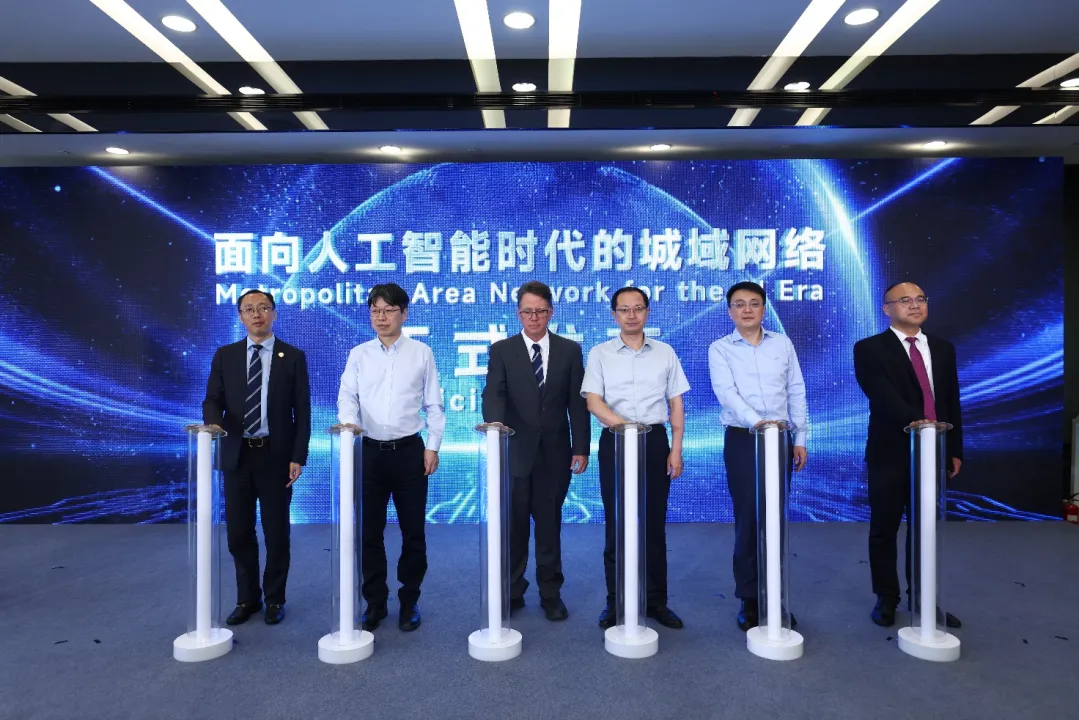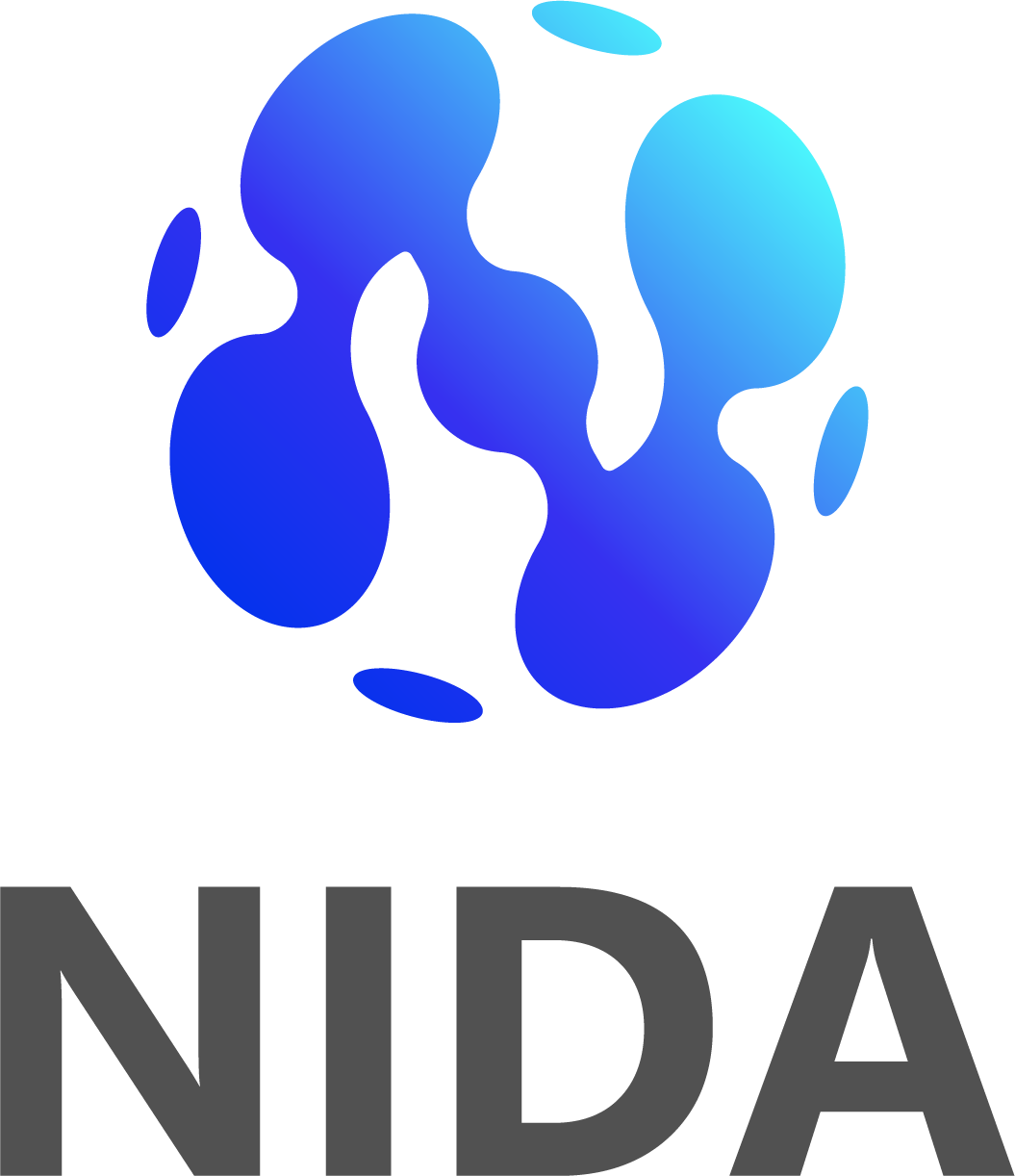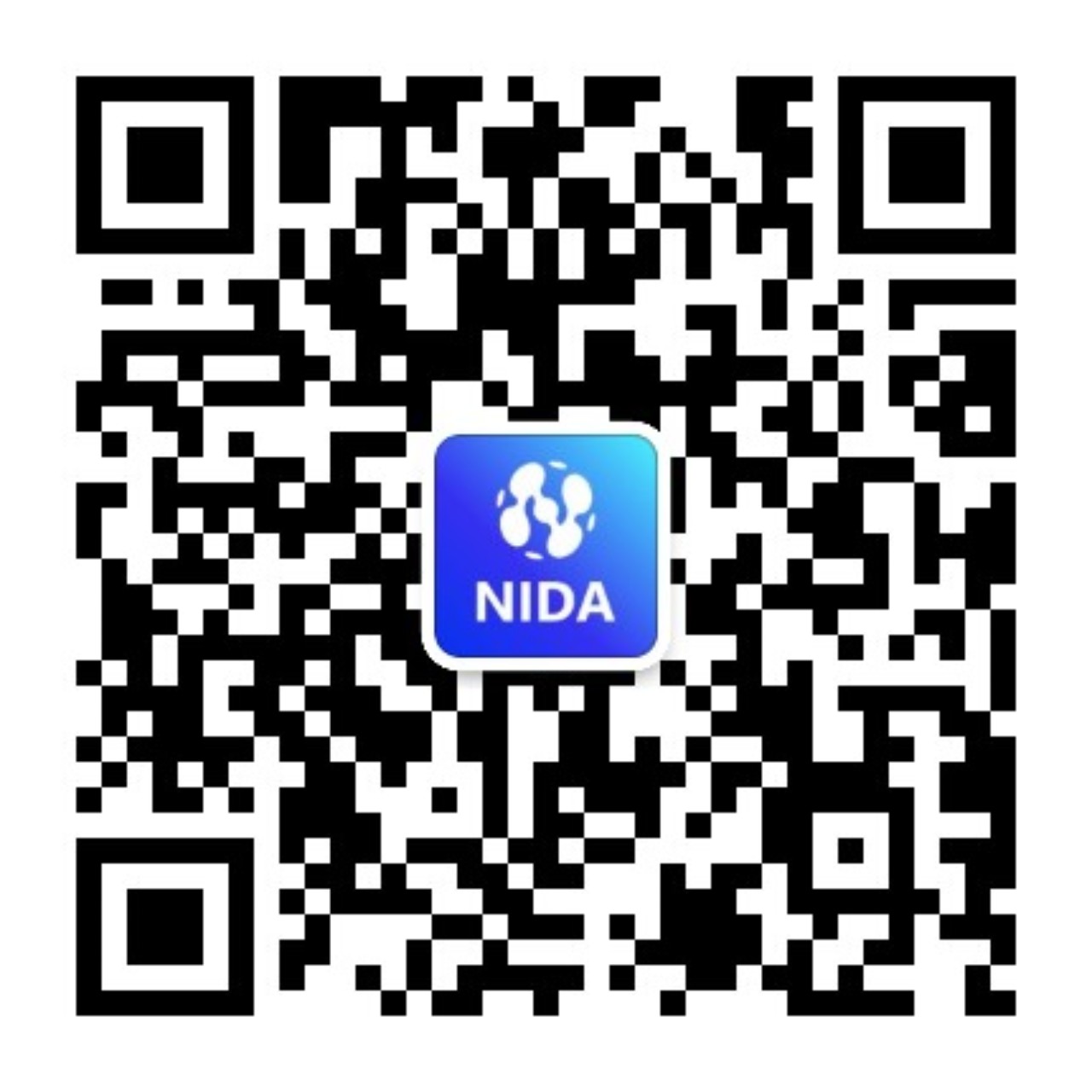The First Technical White Paper for MANs in the Artificial Intelligence Era Is Officially Released
During World AI Congress 2025, the Global Fixed Network Innovation Alliance (NIDA) successfully held the AI + Network Empowering Enterprise Digital Intelligence Innovation and Development Forum. NIDA officially released the first MAN white paper for the AI era - Metropolitan Area Network for the AI Era. The white paper, led by China Telecom and co-authored by Huawei Technologies Co., Ltd., ZTE Corporation, and several NIDA members of Zhongguancun Hyper-Connected New Infrastructure Industry Innovation Alliance, systematically describes the overall framework and technical capabilities of next-generation metro networks for the AI era for the first time. This document provides key guidance for building network infrastructure that integrates cloud and network integration and computing and network integration.

In recent years, the commercial scenarios of urban AI have changed dramatically: Driven by large open-source models such as DeepSeek and Qwen, large-scale distributed inference has become the core technology for AI implementation and promotion. AI Agent services based on A2A and MCP are rapidly moving to large-scale commercial use. The popularity of lightweight large models enables smart terminals to have local computing capabilities. The computing paradigm shifts from traditional cloud computing to granular computing. In the future, collaboration between 100,000 agents and real-time token interaction with tens of billions of large models will become the norm for city-level AI services, posing new challenges to underlying network infrastructure.
The traditional MAN architecture exposes significant weaknesses when supporting large-scale AI scenarios at the city level: Traditional networks cannot support E2E RDMA traffic identification and assurance, and cannot ensure efficient bearer in scenarios such as distributed training, distributed inference, and separation of training, push, and storage. The network control and management mechanism is not intelligent enough to meet the strict requirements of AI traffic for low latency and high reliability, affecting user experience. Therefore, as the proportion of AI services in cities continues to increase, the upgrade of metro network architecture and technologies becomes the key basis for intelligent cities.
Based on China Telecom's computing MAN innovation concept, the white paper "Metropolitan Network for the Artificial Intelligence Era" systematically analyzes new scenarios, architectures, and technologies of MANs for the AI era, and is dedicated to building AI-native MANs. Network technologies, such as integrated computing and network, accurate RDMA traffic assurance in all domains, and L4 network autonomous driving, are used to meet urban AI application scenarios where distributed inference, large-scale AI agents coexist, and massive concurrent tokens are deployed. Independent decision-making and intelligent optimization enable efficient support for AItoH, AItoB, and AItoC scenarios, covering the entire AI life cycle from edge nodes to the central cloud, and promoting the generational transition of metro networks from passive bearing to proactive intelligence.
This white paper is the first guidance document of the NIDA Alliance for the AI era of urban network infrastructure. Metro networks have officially become a key pillar of the native AI ecosystem, evolving from "connected pipes" to "intelligent nerve centers". This lays a foundation for the explosion of urban AI application scenarios, such as large model training, enterprise inference service, intelligent assisted driving, and personal intelligence.
Scan the code to download the white paper "Metropolitan Area Network for the Al Era"


